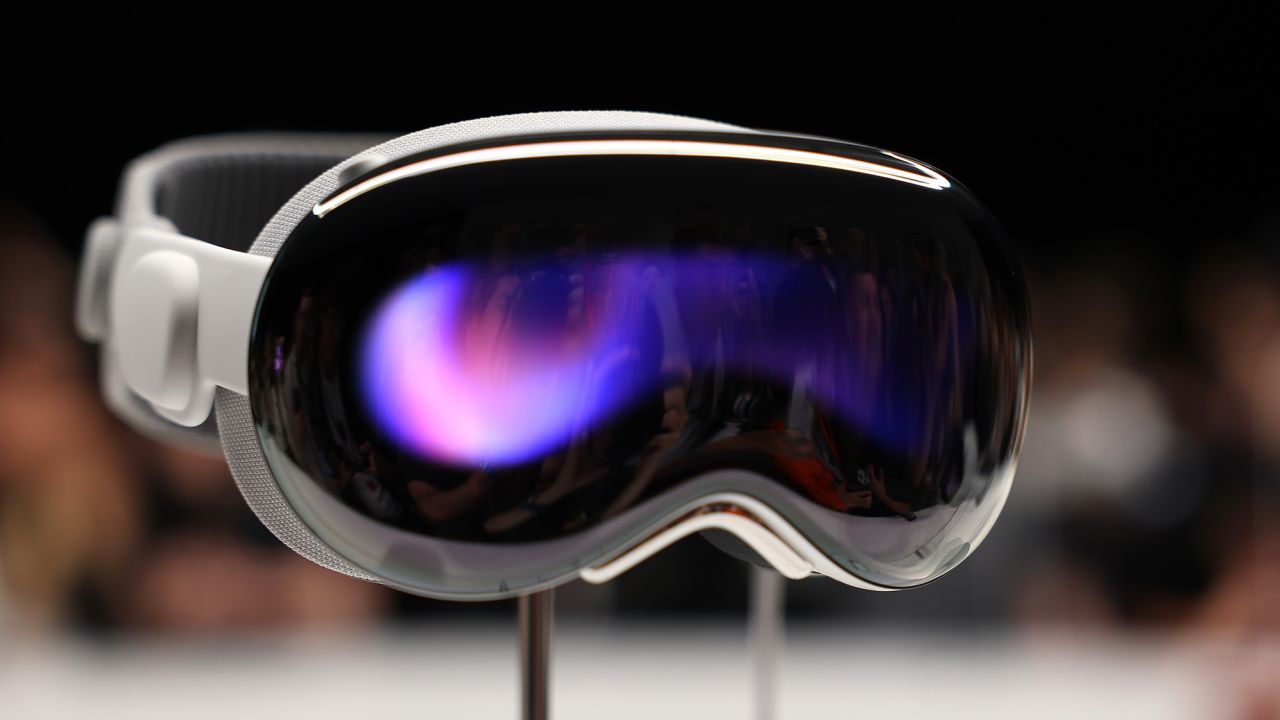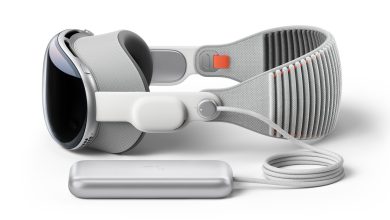
Story Highlights
- Sony is the internal display supplier for Apple’s new Vision Pro mixed reality headset. It can only mass produce 900,000 units, out of which around 450,000 are being manufactured for the AR device.
- Apple asked the Japanese giant to increase the panel production numbers, only for it to refuse likely due to resource limits. The internal panel is made up of OLEDoS material.
- Only hundreds of thousands of Vision Pro headsets can be shipped next year due to the limited panels. Apple may partner with other suppliers eventually to increase the number of headsets.
- The Apple Vision Pro will become available early next year in the United States, eventually arriving in other markets around the globe. It is priced with a huge tag, amounting to $3499.
A new report by The Elec has iterated that Apple Vision Pro’s internal display supplier is Sony and it is not working with any other supplier currently, which has reduced the production numbers. Sony only has the capacity to mass produce over 900,000 display panels, only targeting to supply around 450,000 units for the Apple Vision Pro. This makes things very difficult for Apple since Sony is currently the only supplier of its internal displays.
Apple asked the Japanese giant to bump up the production numbers, only for it to refuse likely due to resource limits. The limit placed by Sony has reduced Apple’s ability to ship out its new AR device by a huge margin, making only hundreds of thousands of Vision Pro headsets possible for every quarter. While the initial sales are not expected to be huge, the small number could prove to be harmful to Apple’s ideal vision for the product.
If you are unfamiliar, the new Vision Pro AR headsets use OLEDoS, or OLED on Silicon, and Sony is the only one that is producing the internal displays for Apple using this scarce and advanced technology. No specific reason is given about why Apple has only partnered with Sony to create these panels, but it is possible that quality is the driving factor behind the tech giant only choosing a single supplier.
Apple has worked with Sony many a time in the past to create various components for the tech products we know and love. Unfortunately, this relationship may compel Sony to charge Apple more for these OLEDoS panels for its Vision Pro AR headsets. Regardless, Apple may just have to look into more companies that want to produce the OLEDoS panels for the new headset if it wants to expand its production numbers.
There are certainly other manufacturers of OLEDoS tech, such as China’s SeeYa. The South Korean display panel creator LG Display could also tune in with Apple to create the panels, but it has yet to start a production line to create OLEDoS internal displays.
Apple’s new Vision Pro AR headset was only revealed recently at the WWDC 2023 event a few days ago, and it has become all the hype around the globe for various reasons. The new headset stole the breath of viewers with its elegant set of features and the huge price tag; the pro version has an exorbitant cost of $3499. Regardless, many analysts have predicted that only a few units will sell after it launches because of the niche market.
The new AR device features an immersive mixed-reality experience without requiring the iPhones to become usable, as it can be controlled with voice, finger, and eye gestures in an organic fashion. It features a separate battery pack to utilize Apple Vision’s features on the go.
The headset will also feature its own app store, VisionOS, and many iPhone and iPad-related applications. The new devices will go on sale after the start of next year. Moreover, it will also include a wide variety of games from the Apple Arcade catalog. According to Apple, over half of the whole Apple Arcade catalog roster, featuring over a hundred games will be playable on the Vision Pro headset.
Similar Reads: Embracer Group Restructuring Causes Layoffs, Project Cancelations, And Studio Closures.
Thanks! Do share your feedback with us. ⚡
How can we make this post better? Your help would be appreciated. ✍


